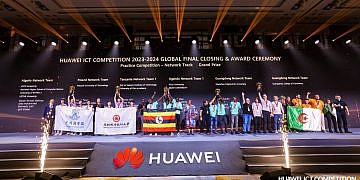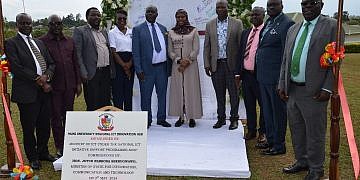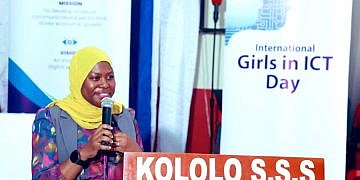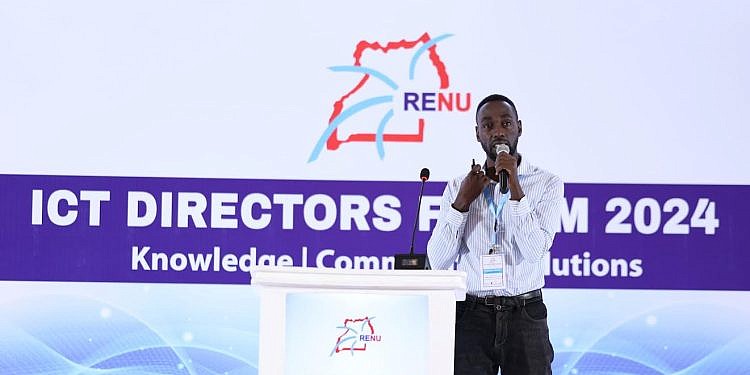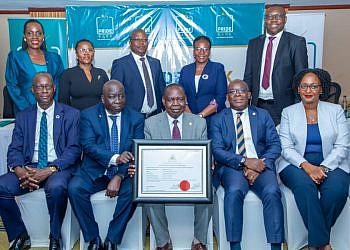As internet usage in Uganda continues to grow across various sectors, network experts are encouraging businesses to adopt fiber optic technology to enhance their internet connectivity and stay competitive in the digital landscape.
Speaking at the recent ICT Directors Forum, organized by the Research and Education Network for Uganda (RENU), Ambrose Ahurra, a network engineer at Simplifi Networks, underscored the benefits of embracing fiber technology in East Africa.
Simplifi Networks is a regional distributor of networking and communications equipment in Uganda and Kenya.
“The adoption of fiber is going to lead to more reliable and faster internet services, essential for both economic growth and everyday convenience,” Ahurra stated.
“For businesses, homes, and other facilities, embracing fiber optics is not just an option—it’s a necessity for staying competitive in an increasingly digital world.”
Fiber optic technology uses light pulses to transmit data through thin glass tubes, offering faster and more reliable connectivity than traditional copper cables, which rely on electrical signals.
It provides longer transmission distances, higher bandwidth, and lower latency, making it ideal for businesses relying on data-intensive applications.
According to the Uganda Communications Commission (UCC) Market Performance Report, Uganda’s internet connections increased to 27.7 million subscriptions by June 2023, up from 27 million in March 2023. This growth presents vast opportunities for businesses to capitalize on enhanced connectivity.
“The escalating demand for high-speed internet and reliable connections has propelled fiber optic technology to the forefront, surpassing traditional copper cables with its exceptional speed and unwavering dependability,” Ahurra added.
Research from ICT company HP indicates that businesses using fiber optic internet enjoy upload speeds up to 20 times faster than those relying on cable internet.
This speed advantage enhances productivity and efficiency, enabling companies to handle large data transfers, host smooth video conferences, and support multiple users simultaneously.
The residential sector is also experiencing a significant shift toward fiber optics, driven by the growing demand for high-speed internet for activities like streaming, gaming, and remote work.
“As more homes become connected with smart devices, fiber optics provide the necessary bandwidth and stability to support multiple devices and high-definition streaming without lag,” Ahurra explained.
He further noted that many businesses are moving away from copper cables due to factors such as cost, cable length limitations, fast throughput, and future-proofing capabilities.
“The cost of fiber versus copper cable can reduce installation expenses by over 50%. New technology in EPON/GPON makes it easier to add power over Ethernet (PoE) to endpoints for cameras and access points,” he said.
Despite its benefits, Ahurra highlighted the challenges of deploying fiber optic networks, including the risk of fiber cuts, which can disrupt services.
“One of the most common challenges is the potential for fiber cuts, which can disrupt services. This issue is often mitigated by careful planning and robust maintenance strategies, ensuring minimal downtime for users,” he noted.
While the initial installation cost and the need for specialized skills and equipment pose challenges, Ahurra pointed out that these barriers are decreasing over time.
“Today, the tools and expertise needed to maintain fiber networks are more accessible, making it easier to deploy and manage these networks,” he concluded.
As Ugandan businesses and households increasingly require high-speed internet, fiber optic technology is emerging as a vital solution for reliable and efficient connectivity.


